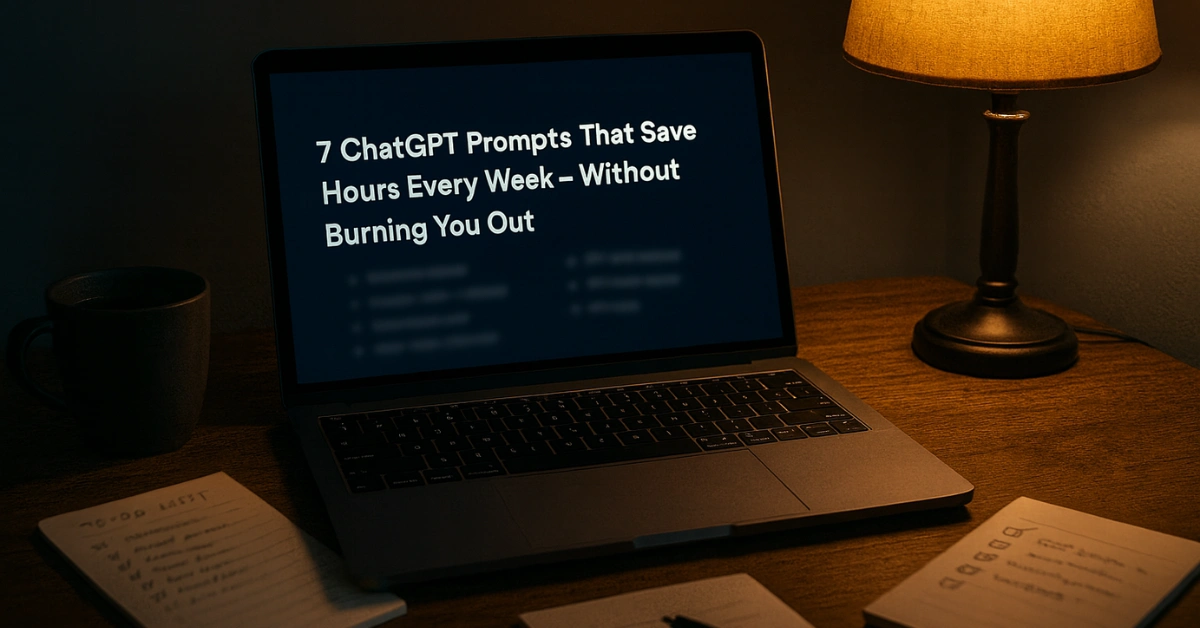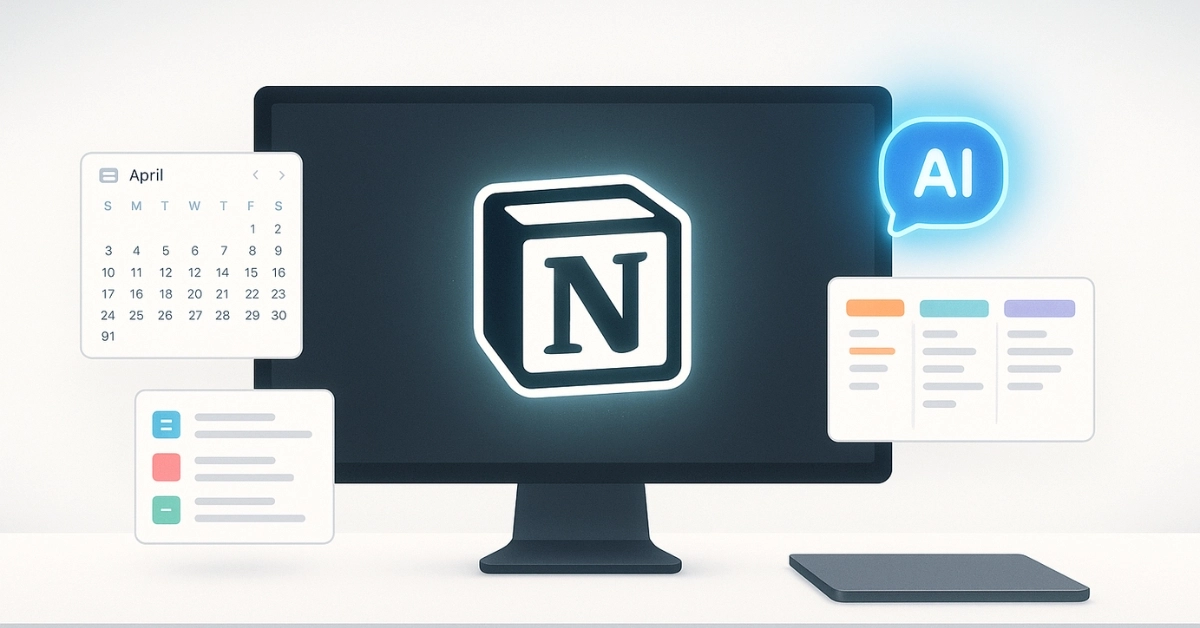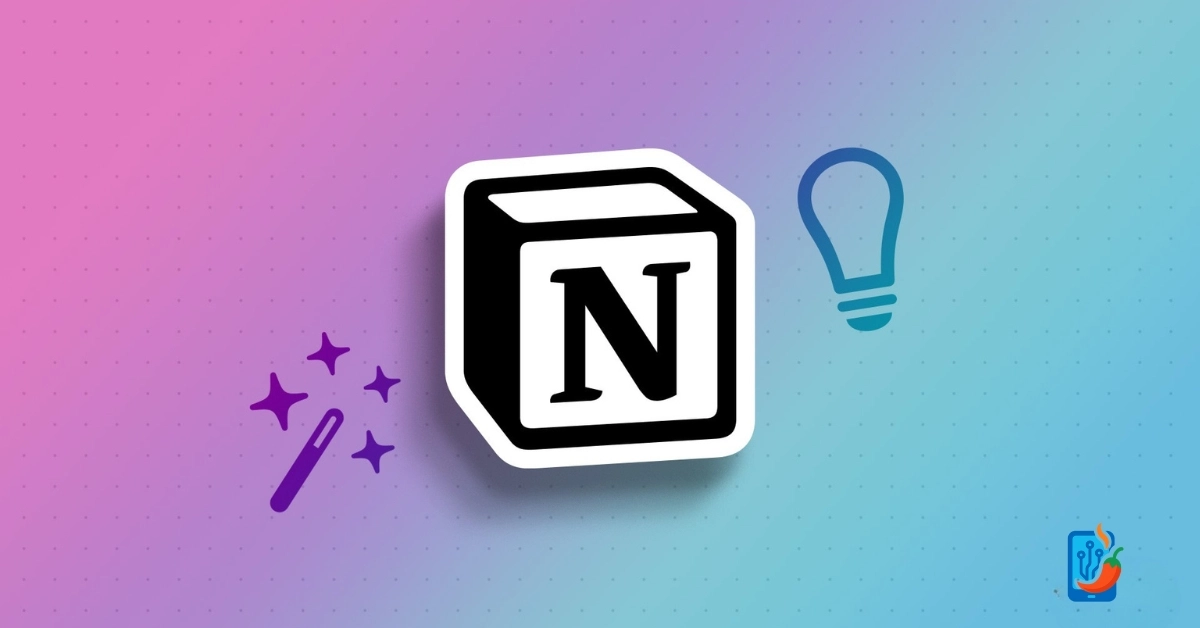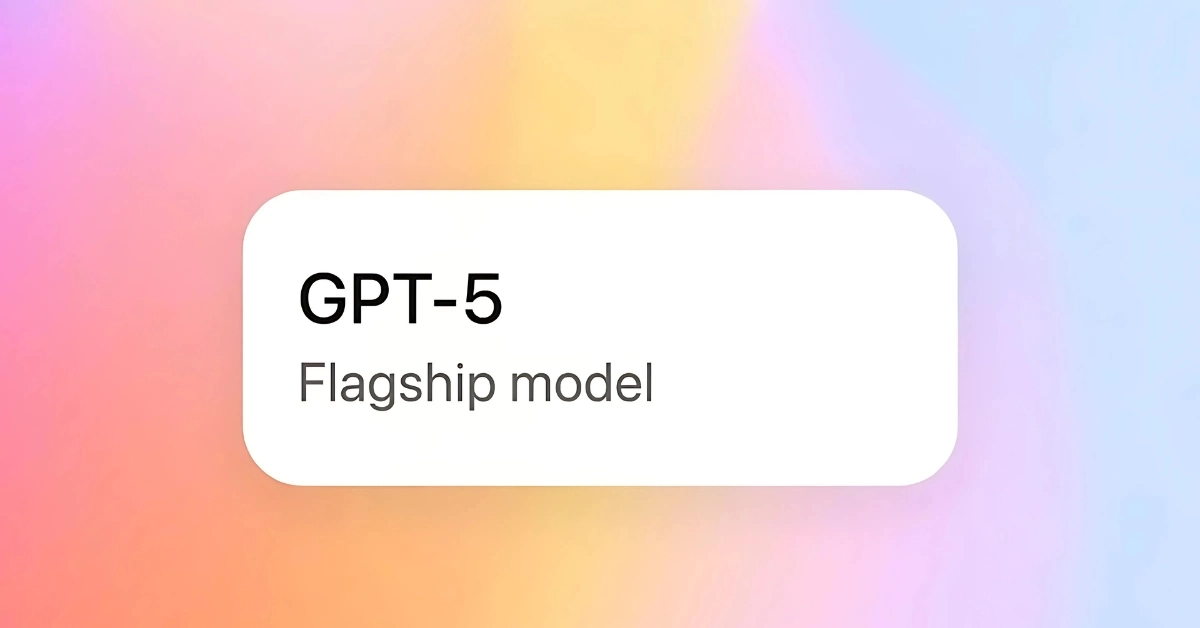There’s a big difference between using ChatGPT and relying on it. Most people ask it to write for them. That’s a mistake. The real power is in using it to write with you.
ChatGPT isn’t your ghostwriter. It’s your mirror, your second set of eyes, your pacing partner. It’ll never replace your voice, but it can sharpen your judgment and make sure your words hit harder, faster, cleaner.
And in 2025, more people are leaning on AI than ever. According to Pew, over 51% of creators now use ChatGPT primarily for writing, and one in three working professionals uses it daily. But here’s the thing: most still use it wrong.
These 7 prompts aren’t about cheating the writing process. They’re about reclaiming it. Whether you’re writing a newsletter, an article, a script, or a high-stakes email, these prompts will help you get out of your own way without giving away the work.
Let’s get to it.
1. The “Give Me a Better Angle” Prompt
The real danger in AI isn’t bad writing. It’s boring thinking. Most people prompt ChatGPT to churn out predictable listicles and recycled hooks. But if you feed it context, it can surprise you.
Prompt:
“I’m an [insert role] writing for [insert platform], targeting [insert audience]. Can you suggest some fresh, uncommon angles on [topic] that avoid clichés?”
You’re not asking for headlines here. You’re asking it to push your framing. Want spicy hot takes? Ask. Want a contrarian angle for a Gen Z audience? Say so.
Example output:
Topic: productivity tools
Generic angle: “Top 5 Tools to Stay Productive”
ChatGPT angle: “Why Productivity Tools Are Making You Worse and What to Do Instead”
See the shift? That’s the difference between content and traction.
2. The “Fix My Flow” Prompt
Your grammar’s clean. Your sentences make sense. But when you read it out loud, it drags. It’s technically correct and completely forgettable.
That’s where this prompt saves the day.
Prompt:
“Can you revise this for better sentence flow and rhythm, while keeping my tone and structure intact? Keep edits minimal and explain anything major you change.”
Here’s what it can do:
Original:
We’ve seen a lot of tools promising productivity, but many of them end up being distracting and overwhelming, and that defeats the point of using them in the first place.
Rewritten:
Most productivity tools promise focus. But too many just add noise. And that defeats the point.
Cleaner. Punchier. More rhythm. This kind of sharpening can’t replace your voice, but it can clear the static.
3. The “Fix the Vibe” Prompt
Tone is hard to nail and even harder to spot when you’re in the middle of writing. You meant to sound calm. It reads like a warning. You wanted friendly. It feels flippant.
Instead of rewriting blindly, use this:
Prompt:
“Can you help me adjust the tone of this [email, post, article] for a [describe audience] while keeping the message the same? I want it to feel more [describe tone].”
This is especially useful in:
- Brand writing (too cold)
- DMs or emails (too blunt)
- LinkedIn posts (too vague)
Remember, tone builds trust. But mismatched tone destroys it just as fast.
4. The “Bring Me the Facts” Prompt
Writing without data is like arguing without receipts. But finding the right stat, or even knowing what kind of data could help, takes time.
That’s where this comes in.
Prompt:
“Here’s the draft of my article on [topic]. Can you suggest recent, relevant data points, studies, or insights that I could reference to strengthen it?”
You’ll still need to verify everything it suggests. But it’s a massive time-saver. Think of it as a research compass. It won’t give you the source, but it’ll point you in the right direction.
And yes, if you’re writing in a fast-paced content workflow, even one solid data-backed insight can upgrade your piece from blog-filler to share-worthy.
5. The “Keep Me Writing” Prompt
Most people don’t have a writing problem. They have a starting problem.
The solution isn’t waiting for inspiration. It’s reducing friction. This prompt gives you small, daily reps to stretch your voice.
Prompt:
“Give me one writing prompt I can complete in 10 minutes today. Something practical that sharpens voice or clarity.”
Think of this like morning pages, but for your professional self. Some days you’ll write about pricing psychology. Other days it might be a fake product pitch. Doesn’t matter. What matters is you showed up.
And when your real writing projects come around, you’re already in shape.
6. The “Test My Voice” Prompt
You think your tone is warm, or confident, or clear. But you’re not the best judge of your own writing style. Your reader is.
ChatGPT can help you step outside your head for a second.
Prompt:
“Can you analyze the tone and writing style of the text below? Describe it in 2–3 adjectives and note what kind of writer this sounds like.”
This is one of the best ways to course-correct if:
- Your posts aren’t landing
- Your writing feels off but you can’t tell why
- You’re trying to unify tone across platforms
Once you see your writing reflected back to you, you’ll realize if it’s matching what you meant to sound like or not.
7. The “Rewrite Without Losing Me” Prompt
Most people use ChatGPT to rewrite their drafts and then wonder why the final version feels generic. That’s because they forgot to protect the most important thing: their voice.
This prompt fixes that.
Prompt:
“Can you rewrite this paragraph to be clearer and more concise, but keep my voice and sentence style intact?”
You can even add:
“Don’t add new ideas. Keep it minimal. Prioritize readability.”
This is perfect when:
- Your intro is rambling
- Your CTA sounds forced
- Your email is two paragraphs too long
The goal isn’t to rewrite everything. It’s to spot the bloat and replace it with bite.
Final Word: If It Feels Replaceable, Rewrite It. Don’t Automate It.
There’s a myth that AI can turn bad writers into good ones. It can’t. What it can do is help good writers get sharper, faster, and more honest with their drafts.
These prompts aren’t magic spells. They’re shortcuts to clarity. But you still have to bring the insight, the conviction, the voice.
So use ChatGPT. Not to write for you, but to write with you.
And if you ever feel like your writing could’ve been done by a bot, that’s your cue to rewrite. Not to hit generate.














